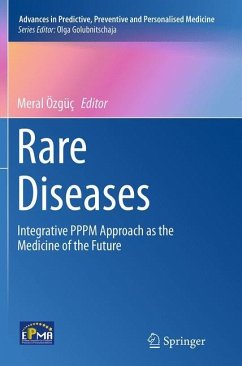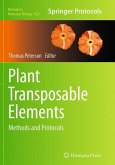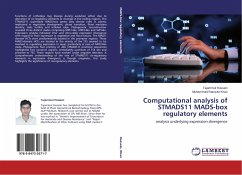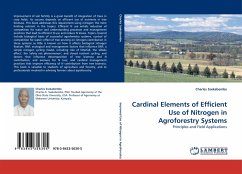It is known that rare earth elements (REEs) comprise a homogenous group of elements in the periodic system. They include the elements scandium (Sc), yttrium (Y) and 15 lanthanides with successive atomic numbers from 57 to 71. In fact, the term "rare earth elements" is misleading because these elements are not rare. Data on the biological effects of REEs are scarce and contradictory. The reported effects of REEs range from stimulation to no role in increasing agricultural plant production up to reduction of growth, apparently as a function of concentration, speciation and bioavailability. This book, therefore, provides us with the following objectives: (I) study the dose/effect relationships of added REEs on soil microbiological parameters (soil enzyme activities and microbial counts) using maize and oilseed rape crops in order to understand the environmental chemistry behaviors of REEs as fertilizers in soils. (II) Determination dose/effect relationships of added REEs on the growth parameters of maize and oilseed rape crops and REEs bioaccumulation. (III) Evaluation the chances and ecotoxicological risks of REEs in agricultural environment.








